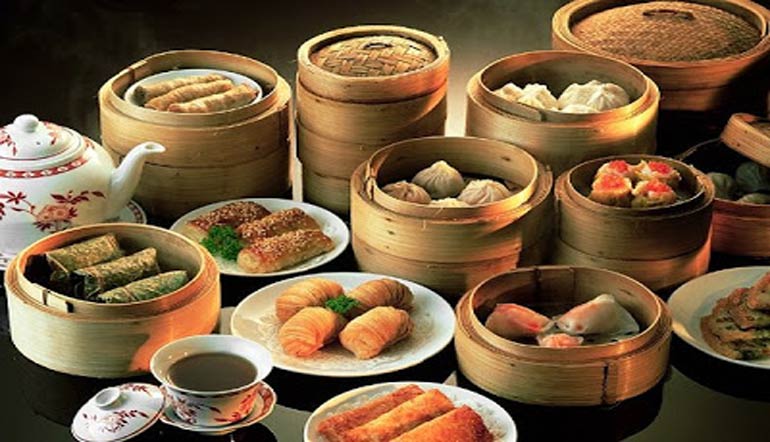Famous Overseas Chinese Cuisine
Everyone in the world is full of curiosity about Chinese food, and many foreigners coming to China are full of praise for Chinese food. Today we will talk about China's top nine famous dishes.
China's top nine famous dishes include Sichuan, Zhejiang, Jiangsu, Fujian, Ba Shutian, Temple, Palace, Tanjia, Halal and Gongguan Temple. These famous dishes have their own history of development. They not only reflect the exquisite traditional skills, but also have a variety of beautiful legends or allusions, which have become an important part of Chinese food culture.
① Sichuan famous dish
Referred to as Sichuan cuisine, the Chengdu flavor is authentic, including several cuisines in the Sichuan Basin, including Chongqing cuisine, Leshan cuisine, Mianyang cuisine, Zigong cuisine, and Neijiang cuisine. According to legend, the Han and Wei Dynasties, Sichuan cuisine has its own characteristics, and it has been more than a thousand years old. It is seasoned with chili, pepper, pepper and fresh ginger. The taste is heavy and spicy. Its famous dishes include Maoxuewang, husband and wife lung slices, boiled beef, dried squid net, Gongbao chicken, Mapo tofu, and pheasant.

② Jiangsu famous dish
Referred to as Su cuisine, it is mainly composed of three local dishes: Nanjing, Yangzhou and Suzhou. As early as 2,000 years ago, the Wu people were good at making salmon, steamed fish and fish fillets. More than a thousand years ago, the duck was Jinling cuisine. Su cuisine is good at stewing, braising, steaming, and frying, paying attention to the soup and keeping the original juice. Nanjing cuisine tastes and alcohol, exquisite and delicate; Yangzhou cuisine is light and palatable, and the knife is fine; Suzhou cuisine tastes sweeter and more elegant. Its famous dishes include Jinling meatballs, yellow mud chicken, Qing stewed chicken, salted duck, golden cake, chicken soup boiled, and three sets of ducks.
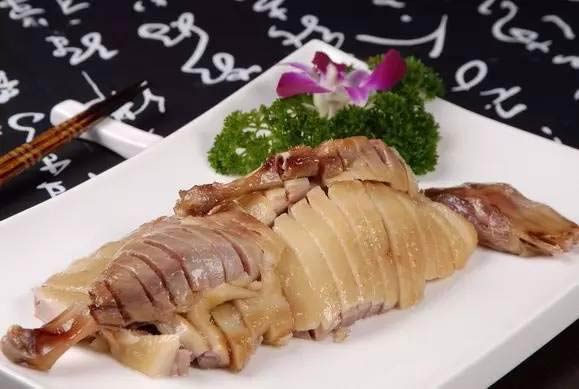
salted duck
③ Zhejiang famous dishes
Referred to as Zhejiang cuisine, it consists of three local flavors such as Hangzhou, Ningbo and Shaoxing. It has a history of two thousand years. In the Southern Song Dynasty, it occupied a dominant position in the "Southern Food" and was more developed during the Ming and Qing Dynasties. Hangzhou cuisine is mainly composed of blasting, frying, simmering and frying. The craftsmanship is fine, fresh and crisp. Ningbo cuisine is "savory and salty". Shaoxing cuisine has a rustic flavor. The famous dishes of Zhejiang cuisine include West lake vinegar fish, Longjing shrimp, crispy clam meat, and loofah steamed yellow croaker.

West lake vinegar fish
④ Fujian famous dishes
It is composed of local dishes such as Fuzhou, Zhangzhou, Xiamen and Quanzhou. It is mainly made up of clear soup, dry fried and stir-fried. The taste is sweet and sour. Famous dishes include Buddha Jumping Wall, Twin Fruits, Qixing Pills, Orange Burning Bars, Taiji Ming Shrimp, Simmered Chicken, and Korean Sea Bream.
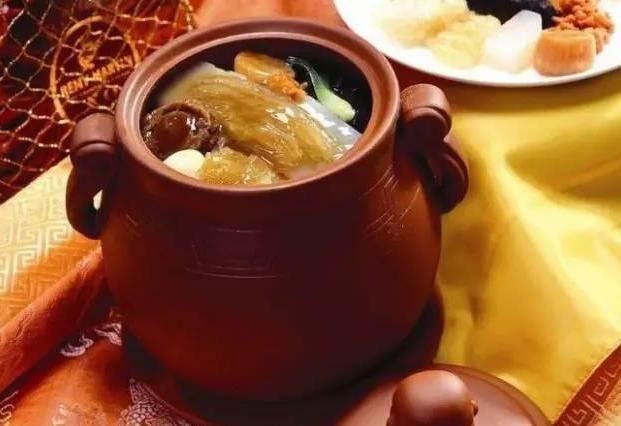
Buddha Jumping Wall
⑤ Temple dish
Mainly refers to vegetarian dishes, whose prosperity and development are related to Buddhism. Buddhism has no vegetarian precepts, and since the Sakyamuni disciple mentions the vegetarian diet, it has been accepted by Chinese after being introduced to China. Since then, eating temple dish after entering the temple has become a Buddhist canon. The Buddhist temple is a feast for the Buddhist monks.
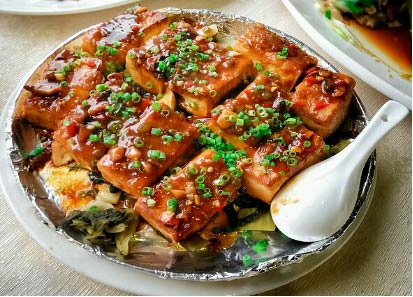
⑥ Bashu
Sichuan rural folk festive banquet, also known as the three steamed nine buckle seats. It began in the middle of the Qing Dynasty. It was originally harvested by the peasants after the autumn for the celebration of the harvest. Later, it developed into a feast for weddings, birthdays, spring festivals, and wedding receptions. Tian Xi generally uses pigs, chickens, ducks, fish and home-grown vegetables and fruits as raw materials to make rich and simple and affordable dishes. Such as: steamed chowder, clam chowder, clam meat, meat, crispy meat, steamed elbow and so on.
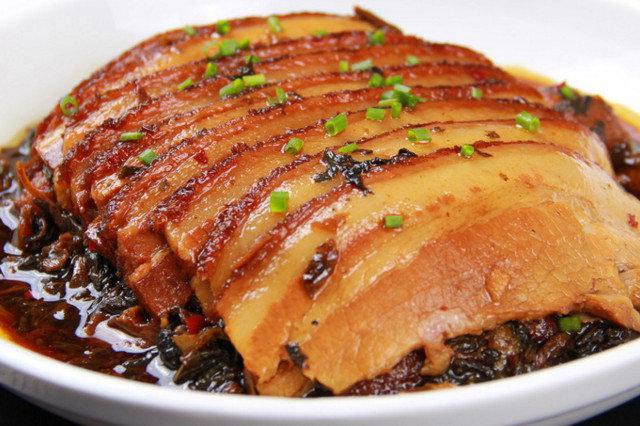
⑦ Palace dish
China's court-style dishes are mainly represented by several ancient capitals. Nanwei is represented by Jinling, Yidu, Lin'an and Qidu. Beiwei is represented by Chang'an, Luoyang, Kaifeng, Beijing and Shenyang. The common feature is that it is rare and precious, and the style of the dish has certain specifications. Since the Yuan and Ming Dynasties, the court dishes mainly refer to the Beijing court dishes, which are characterized by strict material selection, fine production and beautiful appearance. The famous dishes include squid chicken, poached pork loin, small sugar nest, pea yellow, cowpea yellow and so on.
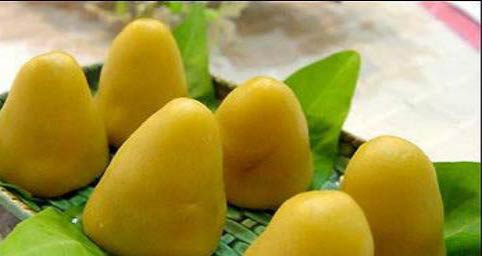
⑧ Tan Jia dishes
Tan Jia dishes is one of the most famous official dishes in China, created by the family of the late Qing Dynasty official Tan Zongxi. Tan is a Cantonese, and he loves the delicious food in his life. He combines Cantonese cuisine with Beijing cuisine and is a self-contained one. Tanjia dishes is salty and sweet, suitable for both north and south. Tanjia Cuisine has nearly 200 kinds of delicacies. Its seafood dishes are the most famous, especially the Qingtangyan.
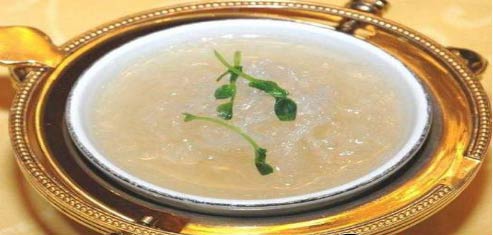
⑨ Hui cuisine
The general name of the Hui cuisine. Because the Hui people believe in Islam, there are mosques in their places of residence, hence the name Halal. It is characterized by fresh and crisp, crisp and fragrant. Especially cooked lamb is best at it. Famous dishes include Poly Eight Immortals, Crystal Sheep Head, and Lamb Meat.
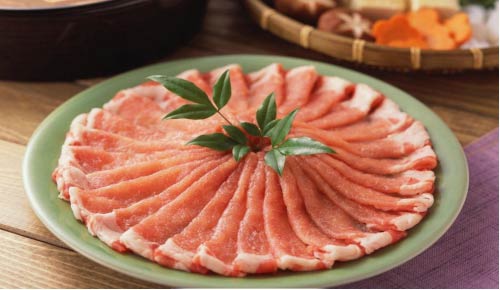
Lamb Meat

